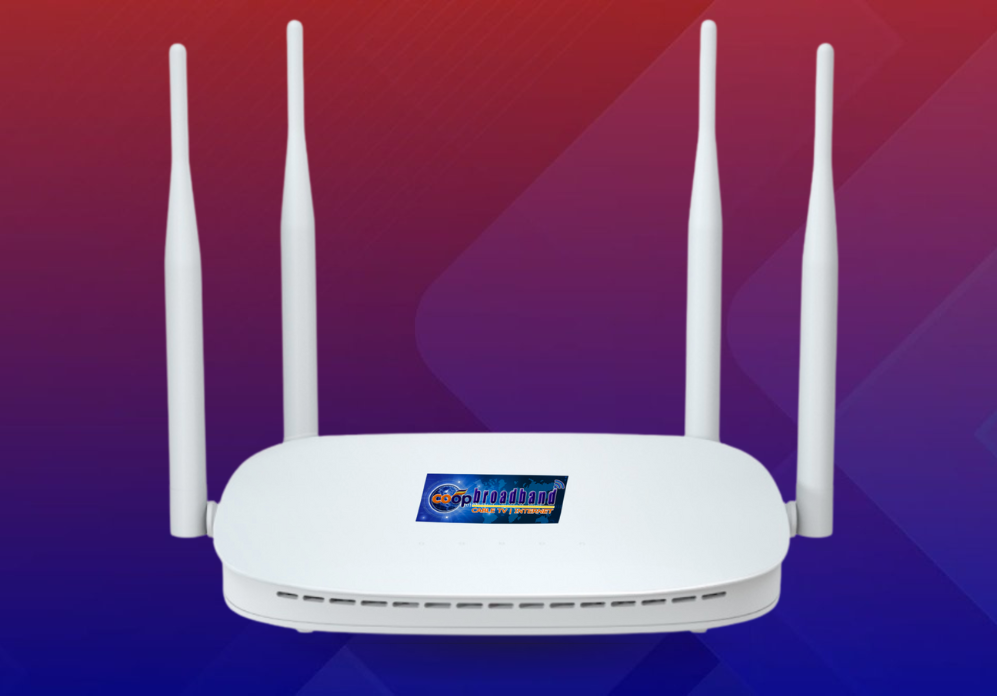Modern wireless routers are often described as “dual-band,” meaning they operate on two distinct radio frequency bands: 2.4 GHz and 5 GHz. This dual-band capability is a significant improvement over older, single-band routers, offering greater flexibility and performance for your home or office network.
The Two Frequencies Explained:
- 2.4 GHz Band: This is the older and more common frequency. Its key advantage is range and penetration. 2.4 GHz signals can travel further and are better at penetrating walls and other obstacles in your home. This makes it ideal for devices that are further away from the router or in different rooms, or for devices that don’t require high speeds, such as smart home devices (thermostats, smart plugs), printers, and older smartphones. However, the 2.4 GHz band is often congested. Many other household devices, like microwaves, Bluetooth devices, and cordless phones, also use this frequency, leading to potential interference and slower speeds, especially in crowded environments like apartment buildings.
- 5 GHz Band: The 5 GHz band is the speed demon. It offers significantly faster data transfer speeds and less interference because it’s less crowded than the 2.4 GHz band. This makes it perfect for bandwidth-intensive activities like 4K video streaming, online gaming, large file transfers, and video conferencing. The trade-off is that 5 GHz signals have a shorter range and are less effective at penetrating walls and other obstructions. This means devices connected to the 5 GHz band typically need to be closer to the router to maintain a strong, fast connection.
Why Dual-Band Matters:
A dual-band router essentially gives you two Wi-Fi networks operating simultaneously. This allows you to:
- Optimize Performance: You can connect devices that need high speed (like your gaming console or streaming TV) to the 5 GHz band, while less demanding devices (like smart lights or a faraway laptop for Browse) can use the 2.4 GHz band.
- Reduce Interference: By separating your devices, you reduce congestion on a single band, leading to a more stable and reliable connection for all your devices.
- Improve Overall Network Health: Dual-band routers effectively manage the diverse needs of modern households with numerous connected devices, ensuring everyone gets a better online experience.
In essence, dual-band routers offer the best of both worlds: the extended reach of 2.4 GHz and the high-speed performance of 5 GHz, making them a standard for efficient wireless networking today.




Add a Comment